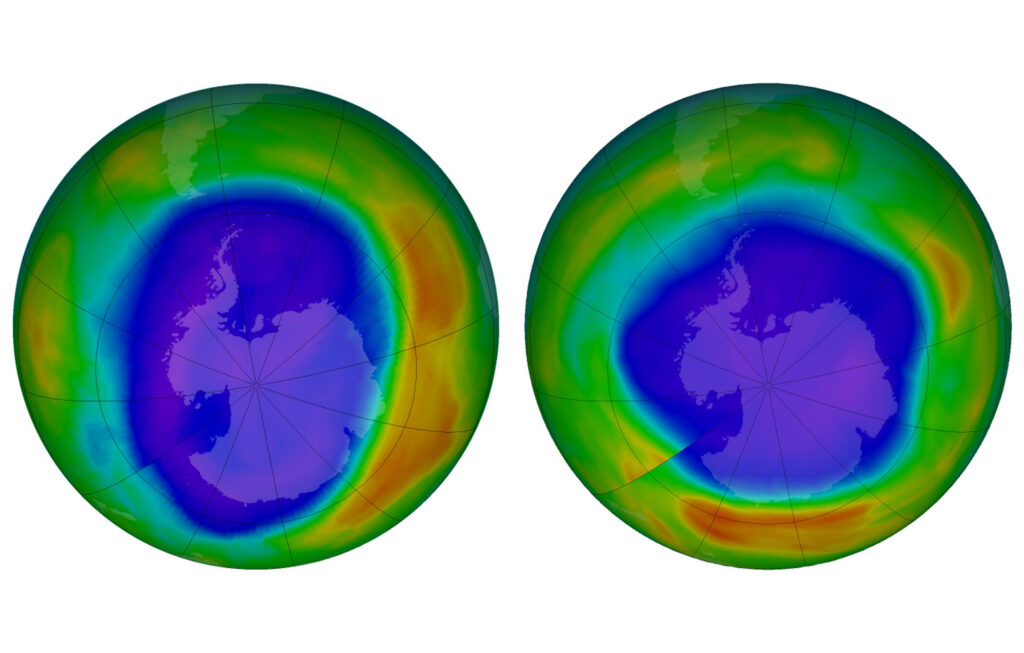
Sometimes, we all need a bit of good news and you might have missed this headline amidst a sea of information that flooded the air waves recently: our ozone layer is healing.
After discovering that the ozone layer was being depleted at an alarming rate due to the release of chlorofluorocarbons (CFCs) into the atmosphere, the world came together to form the Montreal Protocol in 1987. This international effort was a huge success and now we’re seeing the results. The ozone layer is healing and returning to its pre-1980s levels.
The beauty of this story is it offers proof that we have the power to make a positive impact on the environment. When we work together, even the toughest environmental challenges can be overcome. And that’s something to be celebrated.
